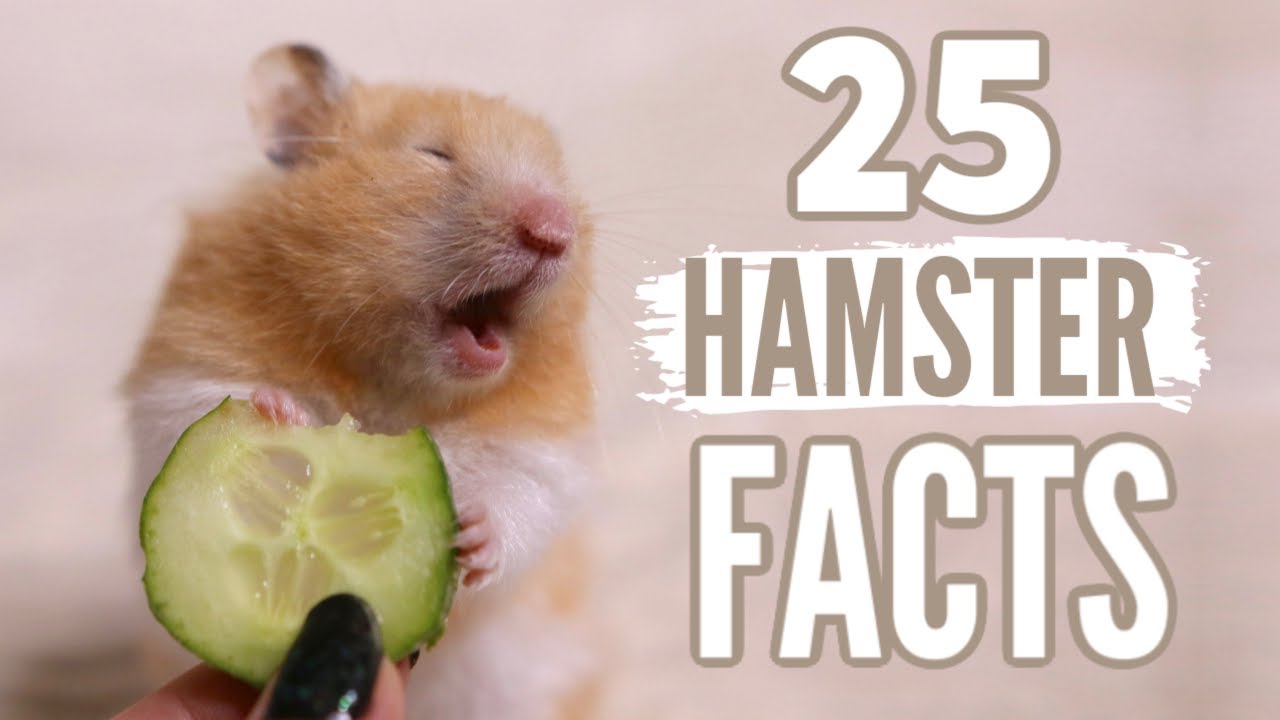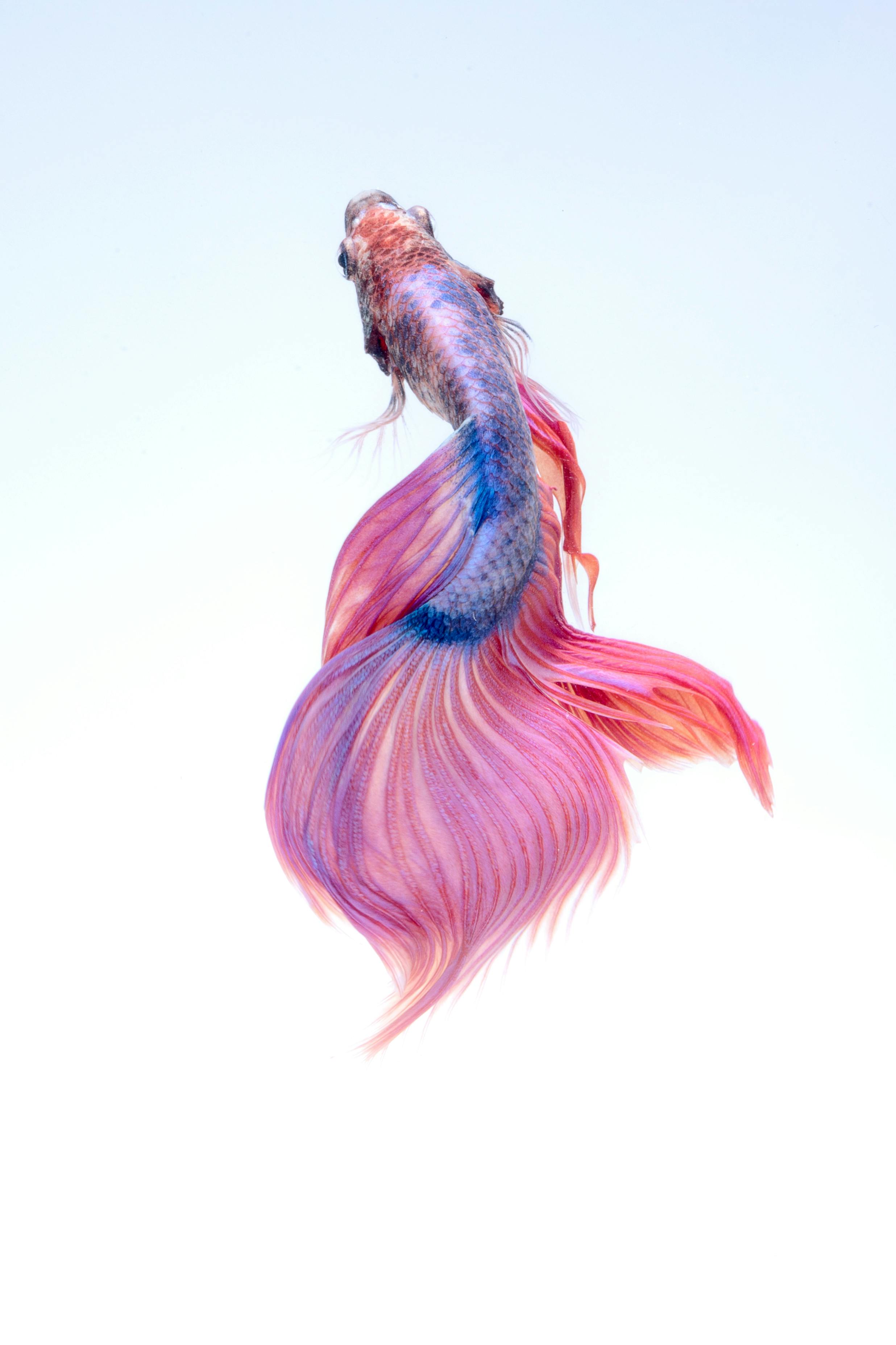Apply Now
Top 5 Ways Goldfish Can Help Control Algae Growth in 2025
Understanding the Role of Goldfish in Algae Management
Goldfish are not just colorful pets but play an essential role in maintaining a balanced aquarium ecosystem. One of their valuable contributions is helping to control algae growth. Algae can become problematic in aquariums, leading to poor water quality and unhealthy environments for all aquatic life. Understanding how goldfish impact algae levels will help aquarium owners optimize their setups for both appearance and health.
When considering goldfish diet, it's important to recognize their natural behaviors and feeding habits. Goldfish often consume algae, making them effective algae-eating fish in various freshwater environments. However, their contributions extend beyond mere consumption; the presence of goldfish can influence the growth dynamics of algae in the aquarium by altering nutrient availability and light conditions.
Building on the understanding of goldfish roles, let’s explore specific ways in which they help control algae growth by leveraging their dietary preferences and natural behaviors.
1. Goldfish Cuisine: An Algae-Friendly Diet
Feeding goldfish algae isn’t just beneficial for the fish; it also aids in algae management. Goldfish thrive on a balanced diet that includes algae as a food source. Nutritional value of algae, enriched with essential vitamins and minerals, complements other foods like brine shrimp for goldfish and vegetable-based fish food. This diverse feeding regimen supports goldfish health and ensures they actively consume algae from their environment.
Incorporating algae into a balanced diet for goldfish promotes not only their overall health but also contributes to algae reduction. Goldfish digest algae and utilize its nutrients effectively, minimizing excessive growth of algae in the tank. However, one must be mindful of overfeeding, as it can lead to an imbalance in water quality.
As we consider the impact of goldfish feeding habits, it's essential to learn about the types of algae that goldfish eat. Understanding their preferences can vastly improve feeding strategies while ensuring they include nutritious options and managing algae levels.
2. Promoting Growth of Beneficial Algae
Not all algae should be viewed negatively. Some types of algae in aquariums, particularly green algae, are beneficial and can serve as a primary food source for goldfish. By allowing a moderate amount of algae to thrive, you create a sustainable food web where goldfish can forage, contributing to their natural feeding habits.
Algae benefits for goldfish extend to helping create a stable environment, as they play a crucial role in oxygen production and nutrient cycling within the aquarium. By encouraging a balanced ecosystem where goldfish and algae coexist, you actively foster healthier living conditions.
In light of goldfish dietary needs, the growth of beneficial algae should be monitored to ensure it remains within a manageable level. This involves maintaining appropriate light conditions and nutrient levels in the aquarium to support algae proliferation without letting it become overwhelming.
3. Incorporating Algae-Eating Companions
Adding algae-eating companions to your goldfish tank can dramatically improve algae control. Koi, some species of snails, and certain fish species help manage algae levels while providing companionship for your goldfish. Compatible fish species can coexist with goldfish and contribute to a more dynamic ecosystem that benefits from mutual interactions.
However, it’s crucial to consider the temperament and dietary requirements of the additional fish. Understanding different goldfish species and their interactions helps in selecting suitable tank mates that aid in managing algae without introducing aggression or competition for food.
The inclusion of algae-eating species compatibility can be a strategic approach to nourished goldfish environment while controlling algal blooms effectively.
4. Maintaining Clean Tank Environments
Proper goldfish care goes hand-in-hand with regular tank maintenance. Keeping fish tanks clean is a straightforward yet vital method to control algae growth. Establish a consistent aquarium maintenance checklist that includes water changes, gravel vacuuming, and filter cleaning. This helps manage nutrient levels effectively, preventing excess nutrients that foster algal bloom.
Moreover, effective fish tank filtration supports water quality and clarity, which are critical factors in regulating algae growth. Opt for high-quality filters that cater to the needs of your aquarium's inhabitants and efficiently remove waste products. Maintaining water quality influences algae growth directly, where poor conditions can lead to unsightly algal overgrowth.
Observing goldfish behavior during feeding times also provides insights into their health and stress levels. If goldfish show unusual behaviors, it might indicate underlying issues related to the tank environment or their well-being.
5. Seasonal Adjustments to Goldfish Diet
Goldfish feeding schedule is an important aspect of maintaining their health alongside algae management. Seasonal adjustments to goldfish diets can optimize their health and support algae consumption. As water temperatures fluctuate, goldfish's metabolism changes, affecting their feeding efficiency.
In warmer months, goldfish may have a more vigorous appetite, consuming larger amounts of algae and other food sources. During cooler months, it’s beneficial to modify their diet to include more high-energy foods that support their immune systems while also encouraging algae consumption.
Regular monitoring of goldfish appetite can guide feeding frequency and amounts, which is critical to avoiding overfeeding. Observing the effects of diet on fish health connects directly to ensuring they can utilize algae effectively, thus managing its presence in the tank.
Q&A Section
Can Goldfish Survive on Algae Alone?
Goldfish can consume algae, but it's crucial to maintain a balanced diet. While algae are nutritious, they should not constitute the sole food source for goldfish. Providing a variety of goldfish food sources ensures they receive all essential nutrients necessary for optimal health.
How Often Should You Feed Goldfish Algae?
Feeding goldfish algae can be done a few times a week as part of their regular diet. A feeding chart can help establish a routine that includes algae while preventing overfeeding and ensuring good water quality.
What Type of Algae Are Best for Goldfish?
Green algae, like hair algae, can be beneficial for goldfish. Other types include spirulina and blue-green algae, which are rich in nutrients and can supplement their primary diet effectively.
What Are Common Mistakes in Feeding Goldfish?
Common goldfish feeding mistakes include overfeeding, relying too heavily on one type of food, and failing to properly monitor water conditions. It’s crucial to observe goldfish behavior and health indicators to adjust feeding habits accordingly.
How Can You Tell If Goldfish Are Eating Enough Algae?
Healthy goldfish should exhibit active foraging behaviors and maintain good body condition. Maintaining a balance in algae levels and observing their interaction with different food sources will clarify their nutrition.




